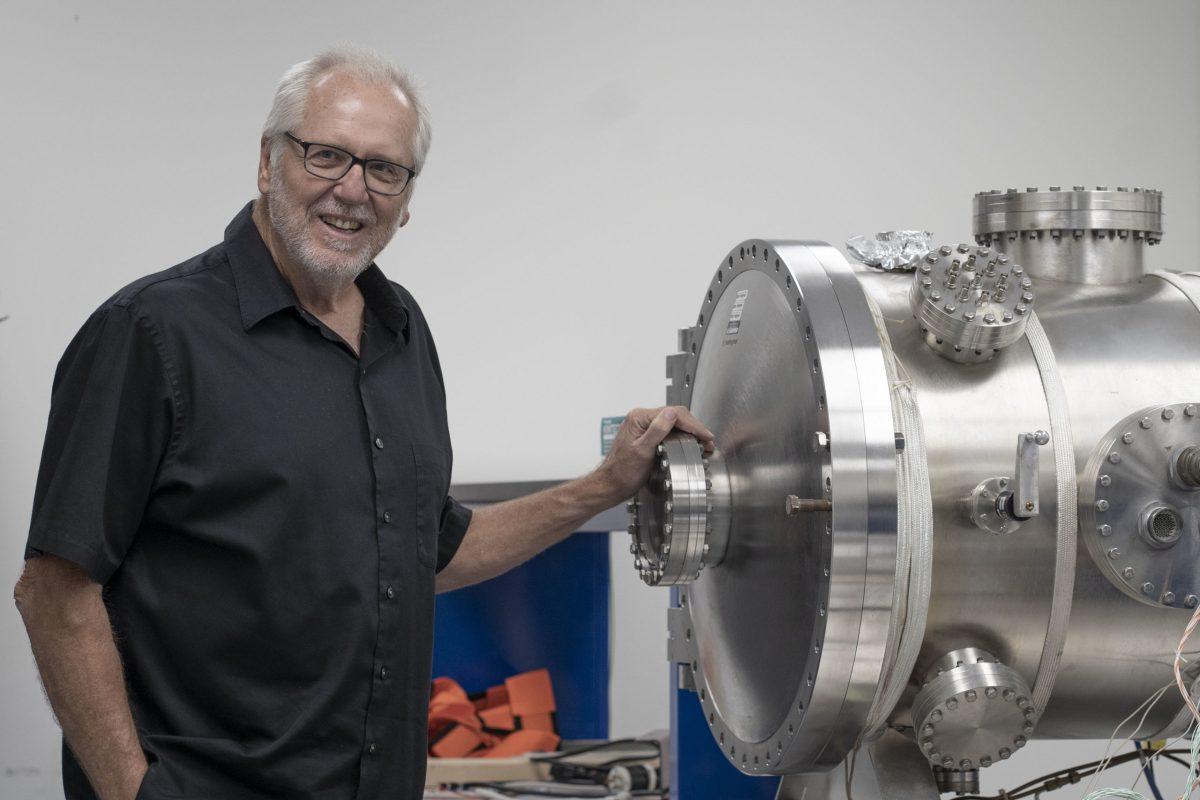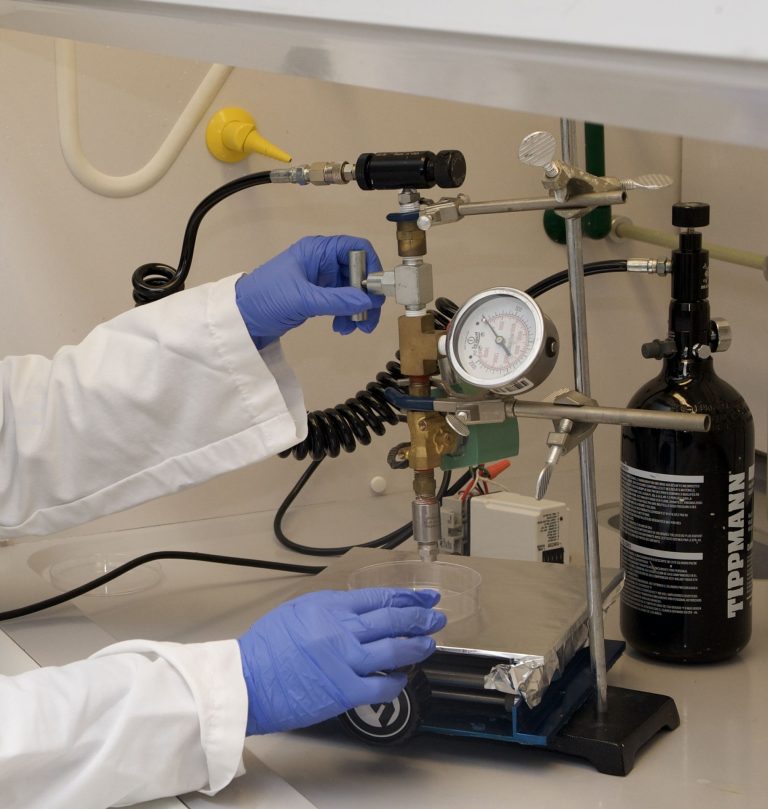NASA chooses UTD physics professor Philip Anderson to lead a historic investigation to chart Earth’s poorly understood ionosphere-thermosphere.
NASA is calling this ground breaking investigation the Geospace Dynamics Constellation (GDC) mission, and it will explore and measure the ionosphere-thermosphere’s atmospheric levels spanning across our planet, which has never been done successfully. This dynamic region is home to clashing atmospheric layers, solar events and magnetic storms. Most importantly, it reflects and modifies radio waves and other forms of radiation crucial for modern technology. In order to correctly measure this plasma region, Anderson — who is also the director of the William B. Hansen Center for Space Sciences at UTD — will be leading the investigation for research on the Thermal Plasma Sensors (TPS), one of five instruments that will be used aboard GDC satellites.
“[TPS] senses the thermal plasma in the ionosphere and measures the motion of the ionosphere in three dimensions,” Anderson said. “As the ions move, they collide with the neutral atmosphere … so if you want to understand how they interact, it’s critical to be measuring the thermal plasma properties. It also gives us the plasma density, the ion density and ion composition.”
One practical use for this research is preventing satellite drag, which happens when plasma overheats and throws satellites off their trajectory. The most notorious case of satellite drag occurred on Feb. 3, 2022, when 40 SpaceX satellites simultaneously went missing after launch.
“Just after the launch of Starlink, there was a G2 magnetic storm,” Anderson said. “There was a coronal mass ejection on the sun [which] produced a geomagnetic storm. A major goal of our research is to try to understand how this impacts the thermosphere.”
The TPS have flown on NASA and other missions before, improving their ability to measure the ionosphere. Now, the TPS will have a specialized purpose for the GDC mission — one that has never been taken on before.
The TPS will address neutral atmosphere collisions, which occur when thermospheric and ionospheric flows collide, creating radio disruptions and satellite drag. Think of it as sudden and powerful ocean waves crashing into each other, misdirecting and destroying ships. The TPS will also measure large-scale ionospheric flows, which radio waves and navigation networks bounce off of in order to reach their destination. Finally, it will calculate the environment of the ionosphere in the low-latitude and mid-latitude regions, where geomagnetic activity is most prominent.
“Launch is planned for 2029,” Anderson said. “It will probably go into 2030 and then it’s a nominal three year mission that they have. They’re planning on fuel for a five year mission, so I expect this to go through 2035 at least.”
Anderson’s leading knowledge of the TPS marks him as one of the most valuable assets to the GDC mission. Having trained under William B. Hanson himself, Anderson graduated UTD to work at the Goddard Space Flight Center for two years and the Aerospace Corporation for another 12 years.
Subsequently, the Space Center at UTD is one of the world’s best centers for space plasma physics research and development. They have been creating instruments to understand solar interactions since 1960, with similar research investigations including missions by the US Air Force and Taiwan’s National Space Organization.
“We flew our first [thermal plasma sensor] in the late sixties,” Anderson said. We’ve been doing this for a long time and we are the best in the world at this. We currently have ten satellites in orbit around earth with these kinds of instruments on them … we have never in the history of the Center for Space Science had an instrument fail that we delivered. Every time we build an instrument, we build on time and on budget.”






